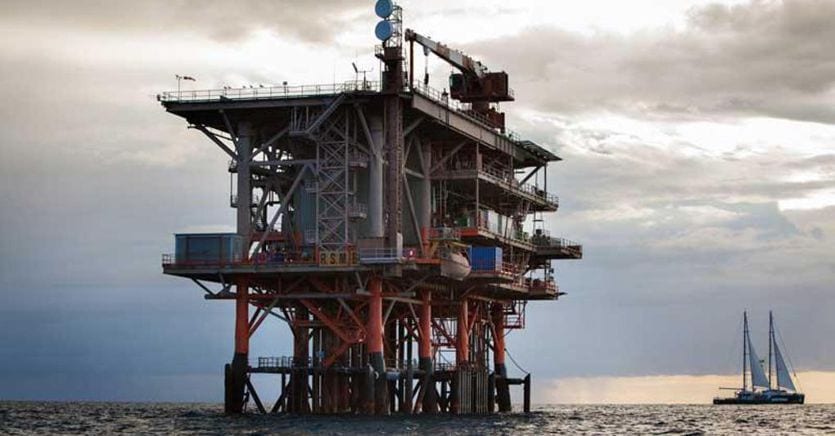The plan therefore establishes what will happen in the areas that will be suitable with respect to the grid of criteria identified. In areas currently without mining licenses, the draft reads, it will be possible, for example, after the Pitesai to submit new applications only if aimed at searching for gas fields. Research permits in force or being extended will also resume. And both the procedures for granting new concessions and the activities of the existing ones will continue.
The plan also specifies what will happen in the unproductive concessions, establishing, among other things, that, if they have been for more than 7 years, it will be necessary to proceed with the closure of the wells and with the restoration activities.
And in the unsuitable areas how will we move? On this front too, the government’s road map is very clear. In those today without mining licenses, no new permits will be accepted and the areas open today, both at sea and on land, will be re-measured to exclude unsuitable areas. For the prospecting permits in force (which last for a year that cannot be extended and do not provide for the drilling of wells), the cleaver will arrive. As for research applications or applications in the extension phase: if they fall totally in unsuitable areas, they will be revoked or re-measured if they conflict only partially.
Then there is the chapter of concessions in force o in the extension phase: here the line is instead that of evaluating case by case with a cost / benefit analysis in order to verify its economic sustainability.
In short, the final list of suitable areas will be the result of a composite puzzle which, the Plan clarifies in the introduction, will in any case only concern 15 Regions (Abruzzo, Basilicata, Calabria, Campania, Emilia-Romagna, Friuli-Venezia Giulia, Lazio, Lombardy, Marche, Molise, Piedmont, Puglia, Sicily, Tuscany and Veneto): the terrestrial area will be equal to 42.5%, while the activities authorized at sea will refer to 11.5% of the overall perimeter of the open marine areas (that is, those in which it is possible to search for or cultivate hydrocarbons).
